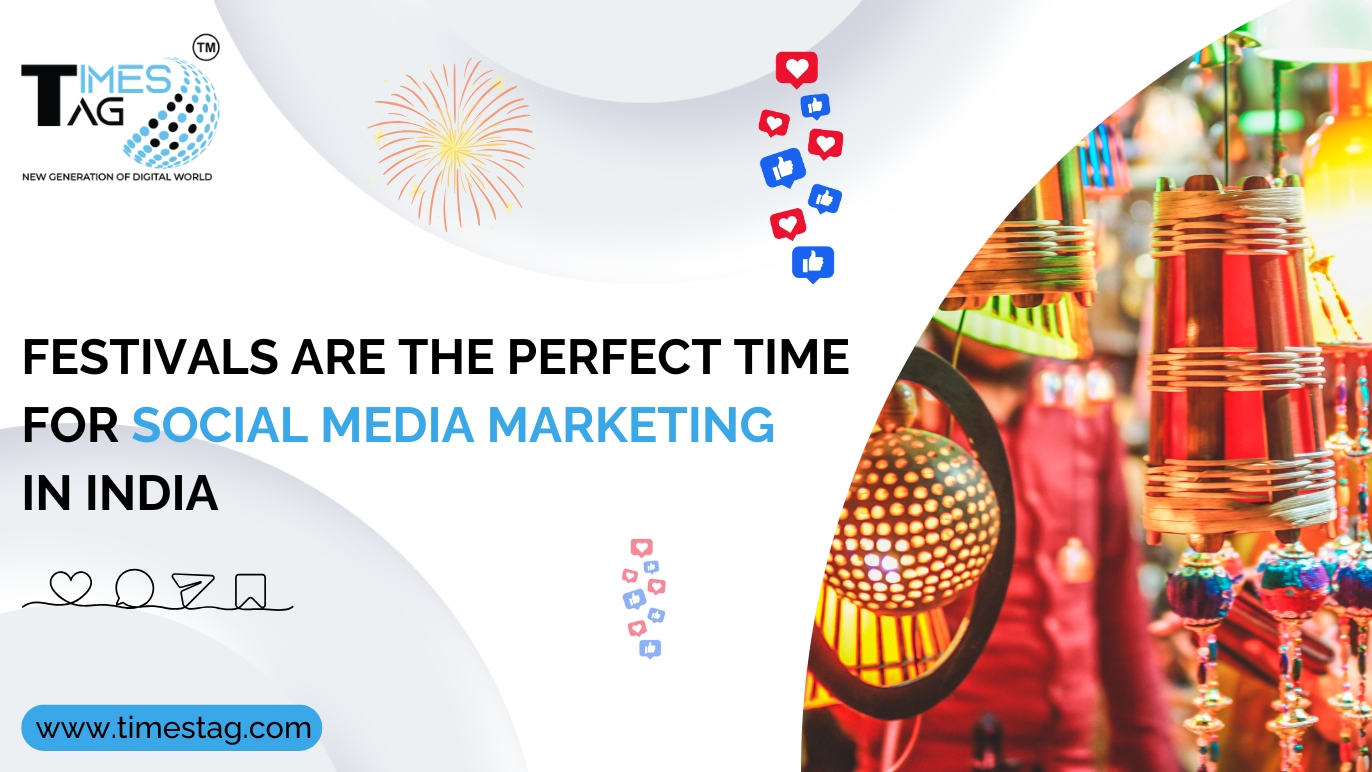If your website needs more clicks, it may be due to people needing to find it in search results. To increase clicks, and improve your search engine rankings, websites in the top three search results capture over 54% of all clicks, increasing your click-through rate (CTR).
Consider using practical and advanced SEO strategies for 2024 and beyond to optimize your website. If your website needs help generating new leads and clients, consider implementing ten key tactics to boost conversion rates and convert website visitors into customers.
What is the Click-through Rate (CTR)?
The click-through rate (CTR) is the proportion of people who click on your website link after viewing it on the search engine results page (SERP).
It’s an important measure that determines how attractive your content is to searchers. A high CTR shows that your title, meta description, and content appeal to your target audience, whereas a low CTR suggests something is wrong!
Let’s look at how it may boost your website’s click-through rates.
Define Your Web Strategy: Turn Visitors into Clicks
What do you believe is the most important function of your website? Are you promoting your firm and its products? Providing information? Generating leads?
Pursuing two or three tactics is ideal if you try to do only some things at a time. It will show if you’re unsure what you want consumers to do.
Write Attractive Meta Titles and Meta Descriptions:
Your meta title and meta description make the initial impression on the SERPs. They should be appealing enough to entice people to click. Consider them the headlines that sell your content. Use powerful phrases like “Ultimate” “Proven” and so on to make your title more appealing.
Then, if possible, utilize the number in your title. Because numbers are extremely visible. Also, strive to include your target keywords in the meta title and description. But do not overuse it. It should seem natural and relevant.
Creating High-Quality and Relevant Content:
Your content must be high-quality, relevant, and targeted to your audience’s needs. Google algorithms are intended to reward material that offers value. So ensure that your material is both educational and interesting.
Here’s a content checklist that can help you rank higher:
- A comprehensive article on a topic should be between 1,500 and 2,000 words long.
- Break up your material using photos, videos, infographics, and charts.
- Make timely changes to your content, such as upgrading it or adding keywords.
Speed Up Your Website:
A Slow website is a big NO, people are impatient online. If your site takes too long to load, they will skip it and move to another website. You may get lost in your reach.
To speed it up, compress large images. However, ensure that it doesn’t hamper the quality. Lastly, clean up your HTML, CSS, and Javascript. No need to go deep down here. Just contact a web development company and communicate the same and you will get your work done in no time.
Build Strong Internal Linking:
Internal linking helps you keep users on your site longer. For example, a user is reading a blog. he/she loved that blog so much that he or she is interested in learning more. Then, give a link to another blog. This way they will stay on your site for a longer time.
It’s not just for users. Internal linking helps search engines understand the structure of your site and the relationship between your pages.
So hire an SEO company and ask them to build strong internal linking with relevant content. We at TimesTag, are the leading SEO agency in Ahmedabad, India.
Make it Easy to Contact You:
Some people may prefer to call, while others like email. But, many will just fill out a contact form and hit submit.
Ensure the form is straightforward, and ask only for what you need. It may be just their first name, company name, phone number, and email address. If possible, put a contact form or button on each page of your website.
Make Your Website Mobile-Friendly:
Mobile devices account for more than 60% of the website traffic. So, if your website isn’t optimized for mobile, you are seriously losing it out. To make it mobile-friendly you just need to have a responsive design with easy navigation and fast load time.
What this means is to simplify it as much as possible. Include small buttons on the web pages to make it easy for users to go from one page to another.
Increase Your Website’s Stickness:
It’s crucial to ensure your customers don’t leave your website too quickly. Reassure them that they’ve come to the right place and that you have the solution to their problems. It helps to focus on your product or service’s benefits in the copy and use catchy headings.
Check out our article, How to Leverage AI and Automation to Boost Digital Marketing.
Align SEO with Voice Search:
Voice search is on the rise. More people are using voice assistants like Siri, Alexa, and Google Assistant to search online. It’s estimated that 75% of households are expected to own a smart speaker like Google Home or Amazon Alexa by 2024.
To capture this growing segment of users, you need to improve your SEO strategy. To do this you just need to be clever with keywords. Voice searches are more conversational and often framed as questions. So you can include those keywords that mimic how people naturally speak.









